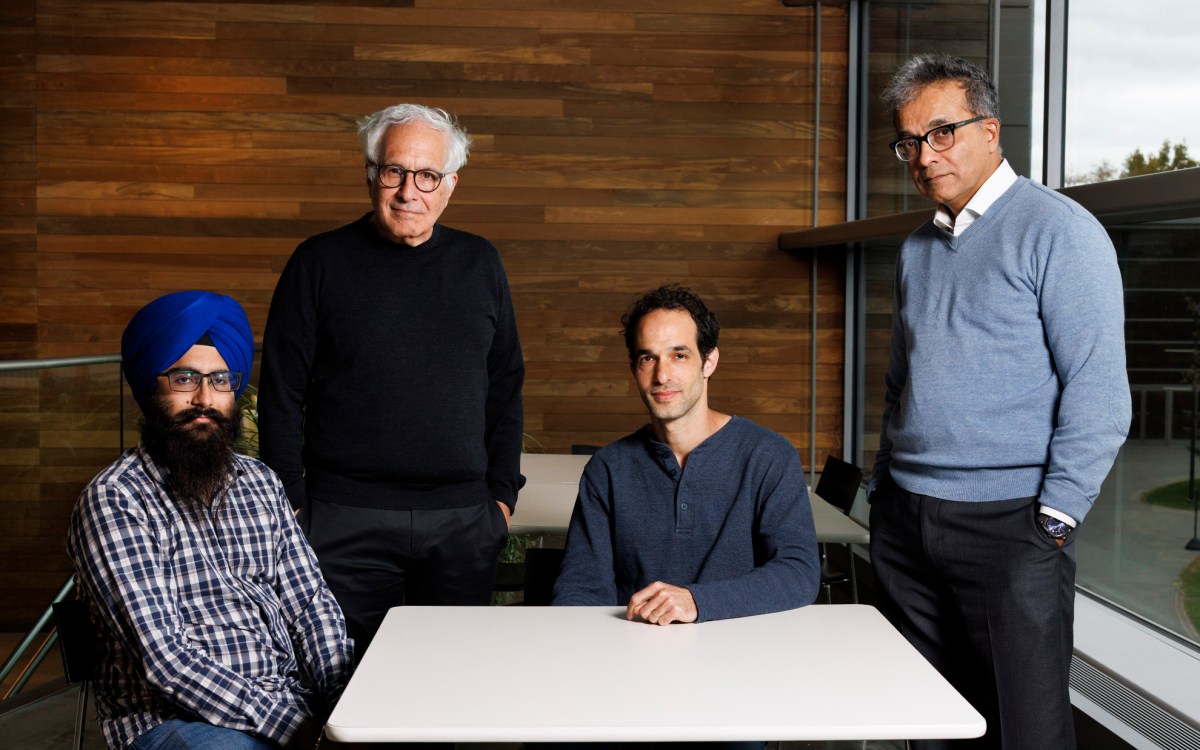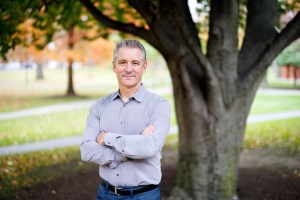Researcher Mia Ong finds physics ‘glass ceiling’ intact
Scientific brilliance may not always outshine one’s appearance
If you’re anything other than a middle-aged white guy, your appearance matters profoundly in physics, where appearances aren’t supposed to matter, found Graduate School of Education researcher Maria “Mia” Ong. Ong’s research emerged from a much larger study of physics undergraduates and graduates at a large research university. While conducting interviews with these students, she was struck by common themes. “Women would say, ‘I’m not sure, I think it’s just me, but …’,” she recalls. “And then they’d all give the same stories.” Their comments during class weren’t taken seriously, they told her. They weren’t asked to join study groups. If they expressed any doubt whatsoever, they felt as if their ideas were dismissed as being dumb. Minorities who are traditionally underrepresented in physics told her of similar experiences. In 1996, Ong began tracking nearly 40 subjects from the larger group when they were freshmen or sophomores in college, and she has continued to follow them ever since. Over the eight years of the study, Ong has identified three themes that distinguish the academic and career experiences of women and minorities in physics: looking the part of an accomplished physicist, gathering a supportive community, and managing their oddly simultaneous invisibility and hypervisibility.





